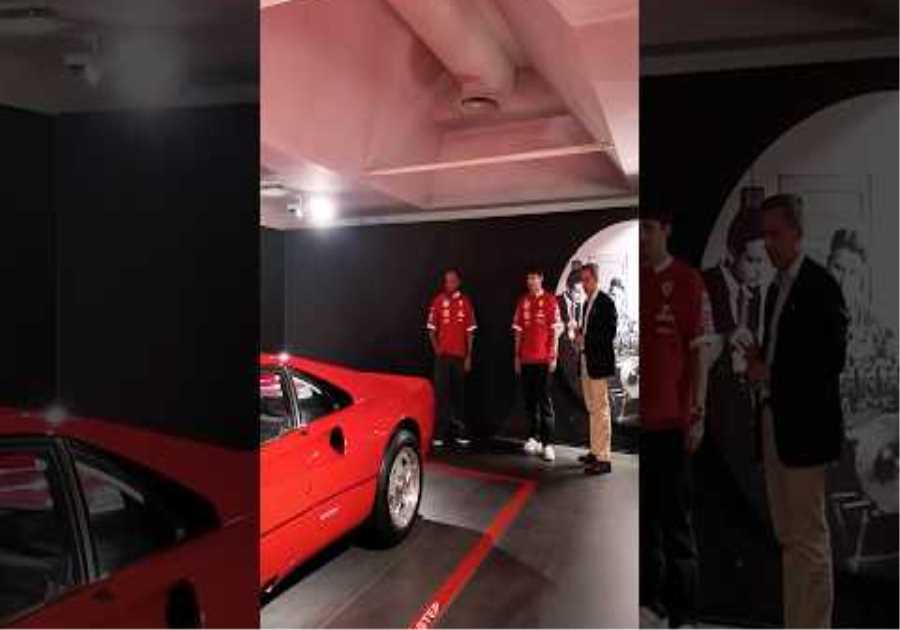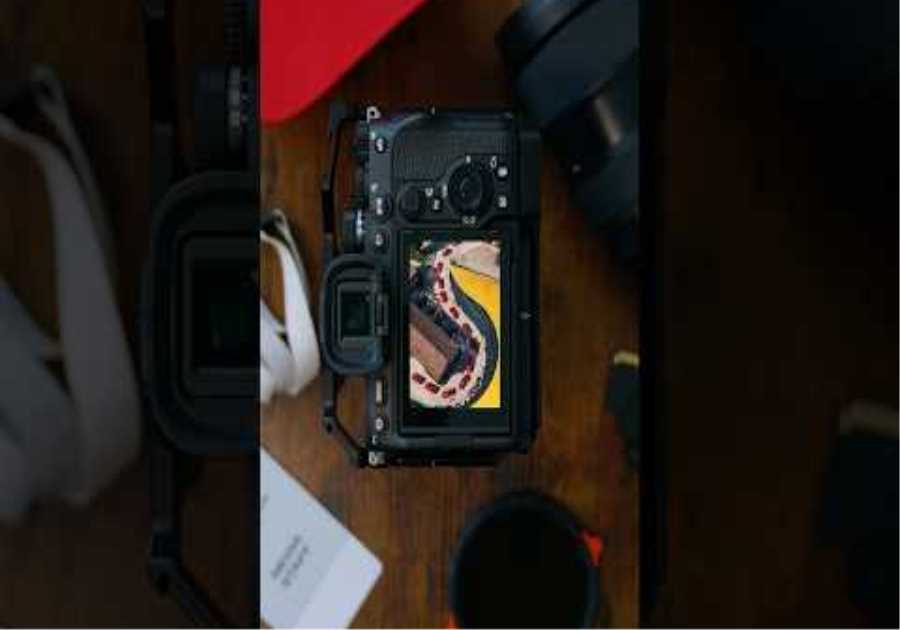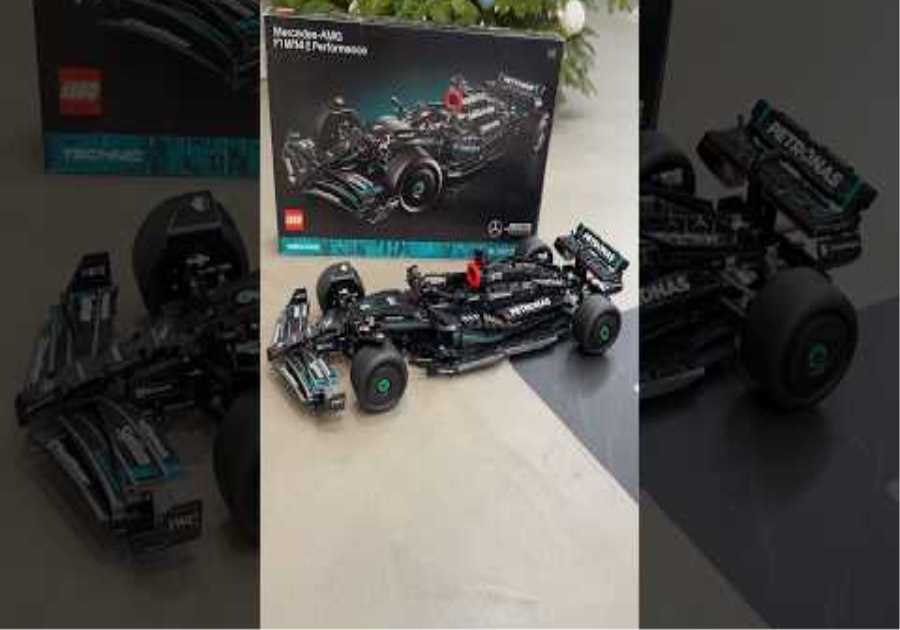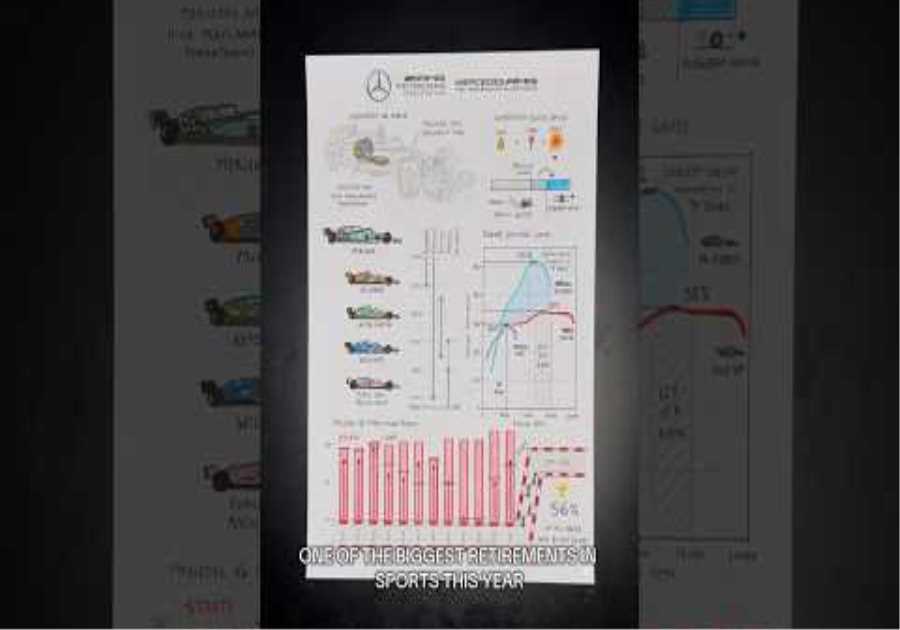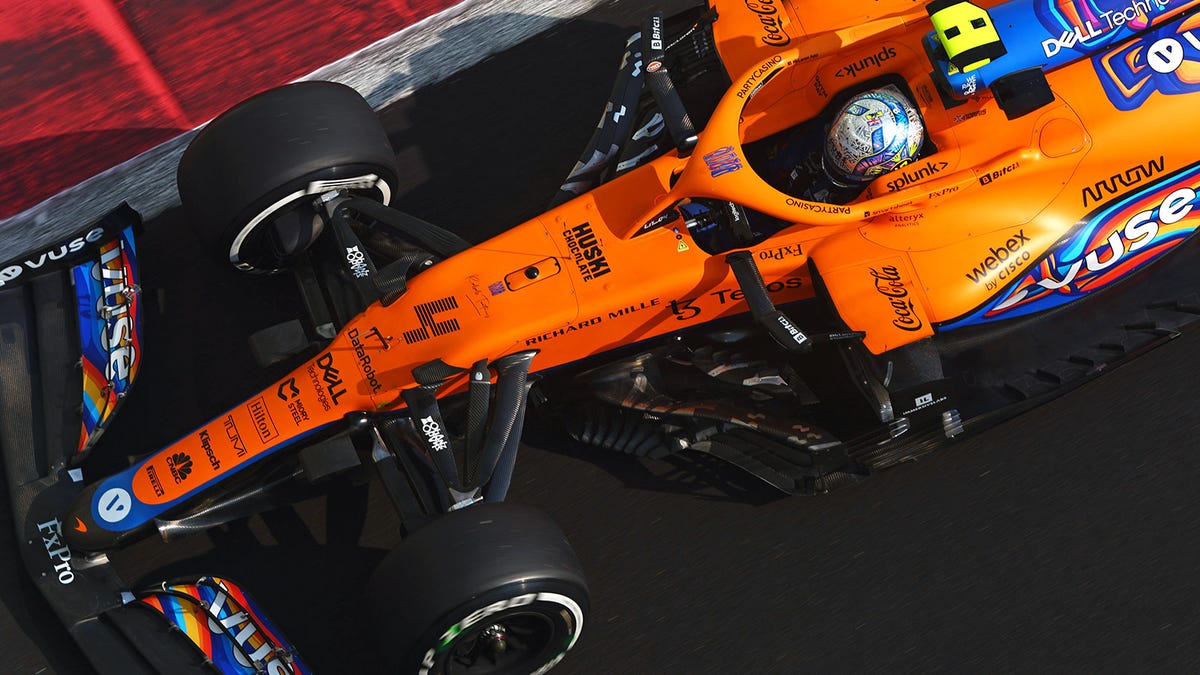
Photo: Lars Baron (Getty Images)
Seasons like the one we’re about to have in Formula 1 bring many question marks. With an all-new approach to aerodynamics carrying the potential to shake up the running order, it’s quite possible we’ll see former champions further down the field than anyone would expect, alongside unlikely challengers. Everyone will be feverishly pouring over the data, making revisions to aero parts and trialing possible solutions. Things are going to move very fast, and teams know they can’t wait around — which is why McLaren is planning its first big upgrade package for the first race of the year, in Bahrain, on the weekend of March 18.
In other words, the Papaya Orange car we see at testing later this month (or maybe it’ll be a different color; I suppose we don’t know for sure yet) could look visibly different from the one that McLaren rolls out for round one. That’s not because the team is running behind — it’s by design, operations director Piers Thynne recently told the media. By Motorsport.com:
“We know performance at race one is critical, and we’ll be delivering an upgrade package to that event, but we expect much more to follow,” said McLaren F1 operations director Piers Thynne.
“One of the reasons we’re being lean on stock is that we know we want to evolve the car. There are no prizes for having six floors and six front wings at the first race.
“We’ll be taking some subtly different approaches this year to make sure production capacity is available and can respond to aerodynamic evolution. That will be the key to success this year.”
“There’s no prize for having six floors and six front wings” is a pretty powerful statement, and it reflects that the Woking crew is indeed entering 2022 with a different mindset. Thynne said his people are “keen to be as late as possible and as lean on stock” as they can be, to optimize performance for the very first race.
Part of this has been necessitated by the new regulations everyone wants to figure out as soon as possible, but it’s also a consequence of the cost cap. McLaren’s plan is fewer quantities of one part, but faster iteration in the design of that part over time. Simultaneously, Thynne says the team must be careful not to trim production too deeply, when crashes inevitably happen and supply for Lando Norris’ and Daniel Ricciardo’s cars runs thin:
“We’re not going to ever have too few parts to run the cars, we’ll always protect that, but where in the past we would have made five or six parts, we’re dropping to five; where it was four or five, we’re dropping to four.
Each team is going to have to find its own balance in evolution and stock, and that’ll become clear when they ascertain a better understanding of where they fall in the pecking order. It’s situations like these — and even the mundane logistical challenges they bring — that truly set the stages for an exciting year.


